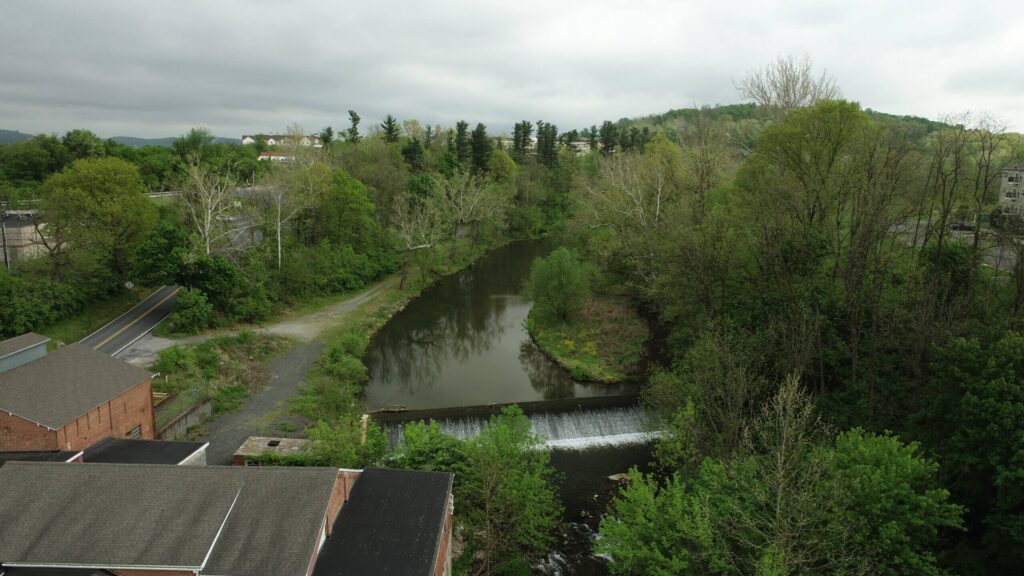Yes, one needs to sit back and allow the impacts, positive or negative, to work themselves out for a couple of years before drawing any real conclusions. Most projects look like “H” in the beginning, either downstream or upstream, but they usually look good or much better as time passes. On the occasions in which I have been somewhat disappointed, the disappointment did not pertain to the dam removal itself, but rather the absence or limited follow-through with respect to upstream habitat enhancement in the area once covered by the impoundment. That work, however, for the most part can’t be done right away because the initial channel post-removal deepens and sometimes moves laterally as well. One needs to allow the stream to seek its final depth and location as long as the lateral shift is not threatening infrastructure, such as a road.
I would add that there often isn’t enough funding remaining after the initial work done to remove a dam so it becomes an opportunity for sportsmen to get involved, especially with wild trout streams. With respect to riparian plantings, however, this may not be as overwhelming as one might think since tree and shrub planting events are enjoyed by many different groups and service organizations.
As to ground cover, the new riparian areas usually green up in many areas pretty quickly because of all of the seeds that have been sequestered in breached impoundments’ sediments for years. I say many areas because depending upon sediment depth, newly formed stream embankments may need to be tapered back from their initial vertical profile in order to get vegetation to take hold.

 www.americanrivers.org
www.americanrivers.org




